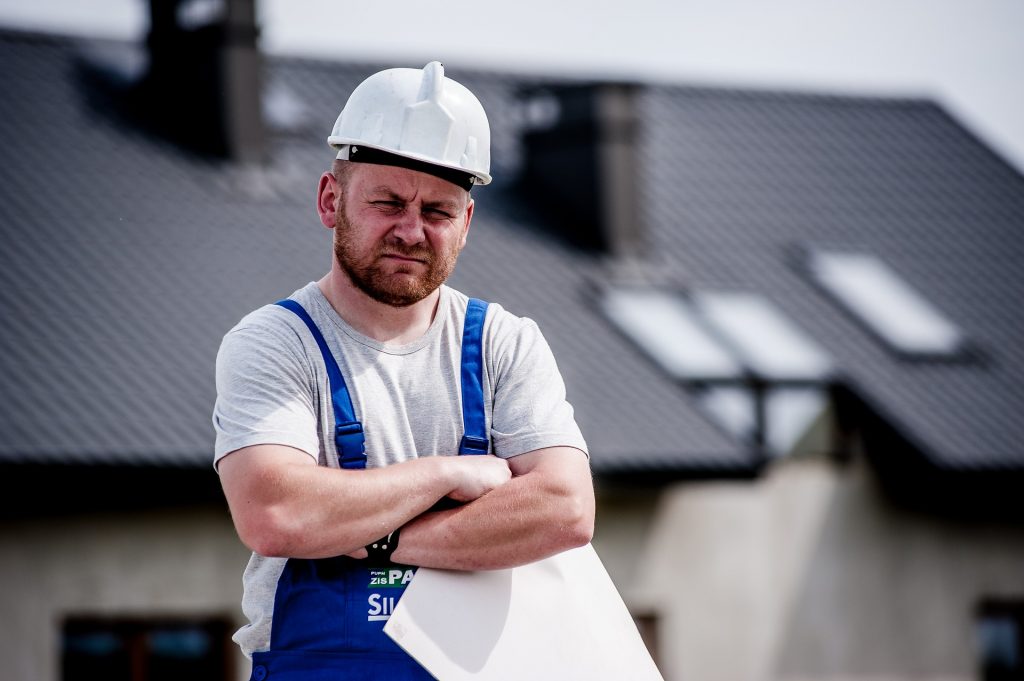Be Your Own Home Architect: How to Go Around With Your New Custom Home.
When you finally decide to design and custom-build your home, you get the chance to create a home that blends your lifestyle and preferences flawlessly. But how do you go around the whole process? Where do you begin? How do you decide the design, what to put in your home, and can you be your own architect? Yes, you can design your home. It may seem hard, but with guidance and planning, you’ll crack through the process like a pro. Get yourself a space that impeccably shows your personality and taste with these tips.
A Great Home Design Begins by Visualizing It
A successful custom-building process begins by visualizing what you want. Think about your lifestyle and how the new home fits your day-to-day life. Your custom home should reflect that lifestyle elegantly. If you’re a sustainable living enthusiast think of how you can take advantage of natural resources to power your home. You need to figure out the orientation and placement of your home. Visualize those large windows, the skylight, or the open floors.
Picture what you’d want to see while taking a shower, sipping your coffee in the morning, or catching a breeze by the window. Picture how the indoor spaces connect with the outdoors. Figure out how your dream home will grow with you. Let a draftsperson put the vision on paper.
Learn a Thing or Two About the Building Codes
Before you schedule an appointment or make any building decision, acquaint yourself with the local building codes and laws. The codes may affect the architectural design or placement of your home. If there are limits to where and how you can build your home, learn about them before beginning the building process. Learn how you can legally acquire a lot, the zoning information about the lot, neighborhood convents, building codes, and the permits needed. Ensure the draftsperson you use to draft your plan understands these codes, laws, and neighborhood covenants.
Get a Custom Home Building Team
You need a team of qualified professionals to build your dream home. You need a home builder, interior designer, overall project manager, site contractors, and inspectors. You should have a financial advisor to help you draft a reasonable budget and finance that budget. To avoid passing on the project from one contractor to the next, simply settle on a single home builder to streamline the whole process.
What’s more, home builders bring more than experience and expertise into the project. They bring their connections and other partners, including a financial advisor or lender into the building process. A home builder will help you source eco-friendly building materials if you intend on building an eco-friendly home using eco-friendly. They understand the market and where to source them. In addition to this, most home builders have audit programs that can help put up an energy-efficient home.
Factor in Decision Fatigue
Designing and building a personalized means you bring your choices to life. The pressure to make the right choice can overwhelm you. It can cause decision fatigue. It’s crucial to visualize what you want. You need a plan, stick to that plan and budget, limit your options, and always keep in mind that you can alter that choice later on. Don’t let decision fatigue delay the process. Always pick functionality over a trend or style and trust your gut. Take a break if you need to, and trust the experts. Let your home builder guide you as you design your home.
Prepare the Site and Begin the Building Process
After visualizing, designing, drafting the design, figuring out how to finance the building process, learning about the codes and laws, securing a lot, and getting a building team, initiate the building process. The sooner you design and build your home, the sooner you’ll get to wake up to a scene you’ve always pictured in your head. Expect the unexpected, and be ready for them.
Wrap Up
Designing and building a home that showcases your taste, lifestyle, preference, or individual style doesn’t have to be a stressful process. The process requires adequate planning, having a picture of your home in mind, and working with a building partner who respects your choices, budget, and style.
